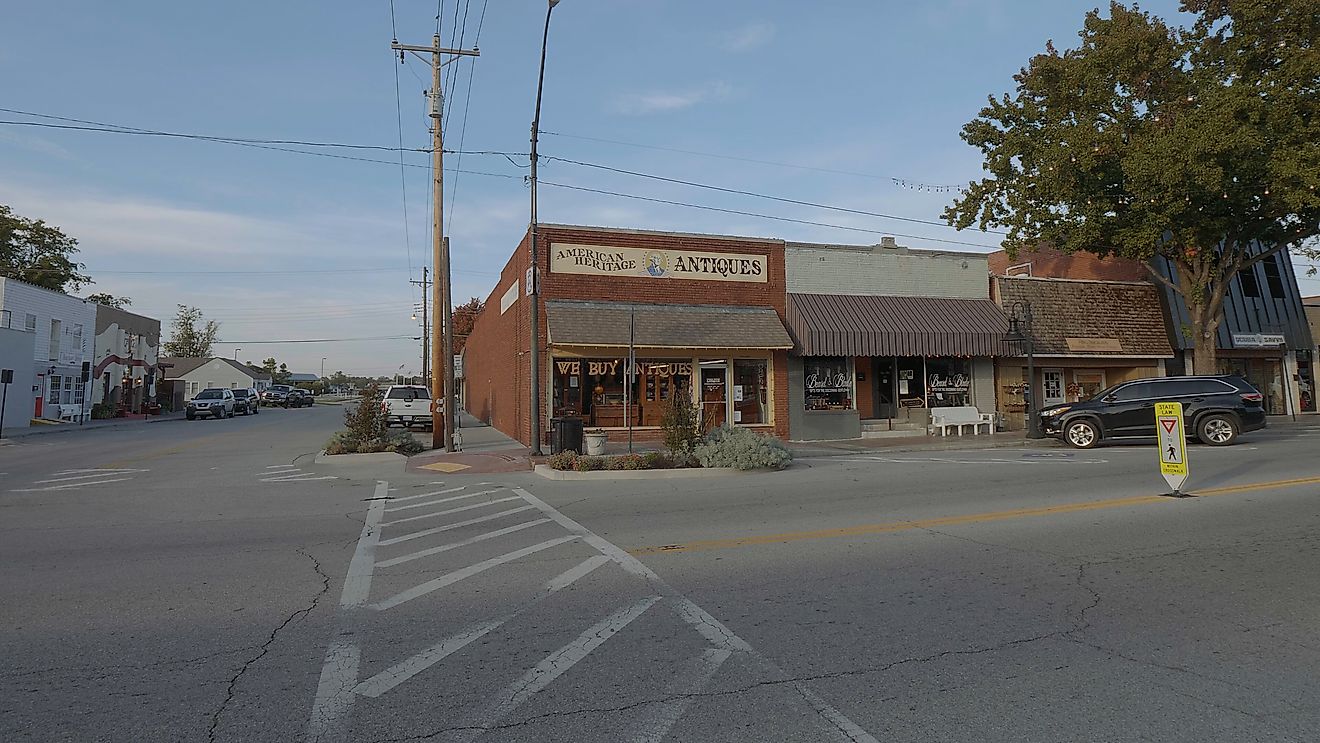What Is Mudflat Hiking?

Mudflat hiking is a recreational activity whereby participating individuals walk or wade on the watershed of mudflats or sandbars when the tide at the sea is low. The success of the hike is facilitated by the use of a tide table. The activity is among one of the favorites of some of the residents of Netherlands and Germany. The people taking part in mudflat hiking are often referred to as mudflat hikers.
Mudflat Hiking Activities
Mudflat hiking is one of the favorite hiking activities because of the good feeling offered by the texture of the mud below the feet. Hence, it is advisable to go for mudflat hiking barefoot. Besides just walking and feeling the smooth texture of the mud, the mudflat hikers can also enjoy picking up organisms that have been left stranded by the moving tides. Some of the organisms left behind include prawns, starfishes, and crabs. Observing the organisms makes the activity even more exciting.
Where Is Mudflat Hiking Commonly Practiced?
Mudflat hiking is common in Denmark, the Netherlands, and Germany. In the Netherlands, the hiking is more popular in the northern sides of the country. Along the Wadden Sea, on the north coast of Germany, the activity is practiced by a large number of people.
The southeastern coastline of the North Sea stretches along Denmark all the way to the Netherlands. The coastline is made up of mudflats and a number of islands. This coastline creates favorable grounds for mudflat hiking whenever the tide becomes low. The tide becomes low twice a day, leaving approximately 15 km of the shore bare and muddy for the activity.
Limitations of Mudflat Hiking
The idea of a mudflat hiking brings mixed reactions from different people. There are people who will absolutely approve the activity and consider it exciting. However, it may not be a cup of tea for everyone. Sliding, falling, and occasionally getting stuck in water channels and the silt is not appealing to every participating individual. The activity tends to be tiresome, especially to the muscles. Imagine your feet sinking 30 cm into clay, with every step you take. This becomes very cumbersome to the leg muscles. If you go mudflat hiking with loose fitting shoes, they would most probably get stuck in the mud. The activity can also be life-threatening if the level of the tides is not accurately determined prior to the activity. Although the rise and fall of the tides are usually almost regular, there are some instances where the hikers get caught up between the waters.
It is advisable to go mudflat hiking accompanied by a guide. The guide is supposed to be conversant with the activity. The expert guide comes in handy in guiding the hikers in successfully taking up the activity. The guides go a long way in ensuring the hikers are not exposed to any forms of dangers while hiking.











